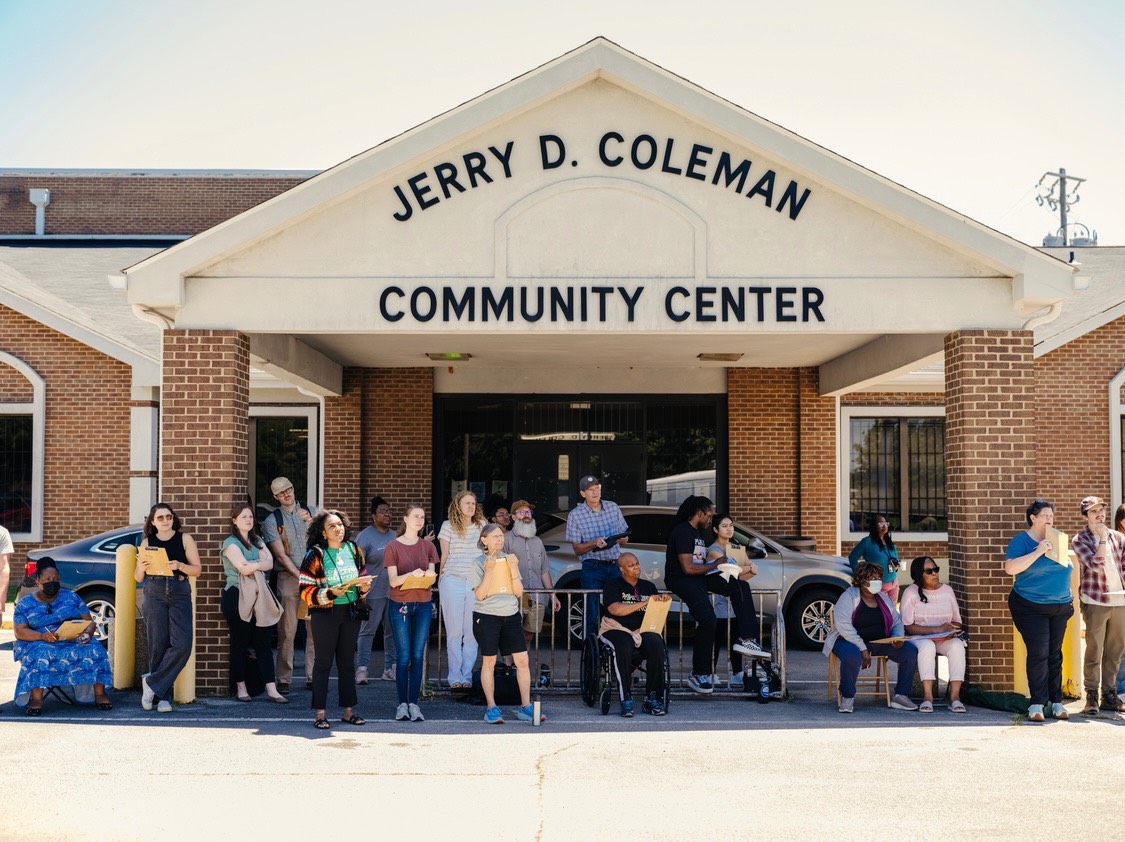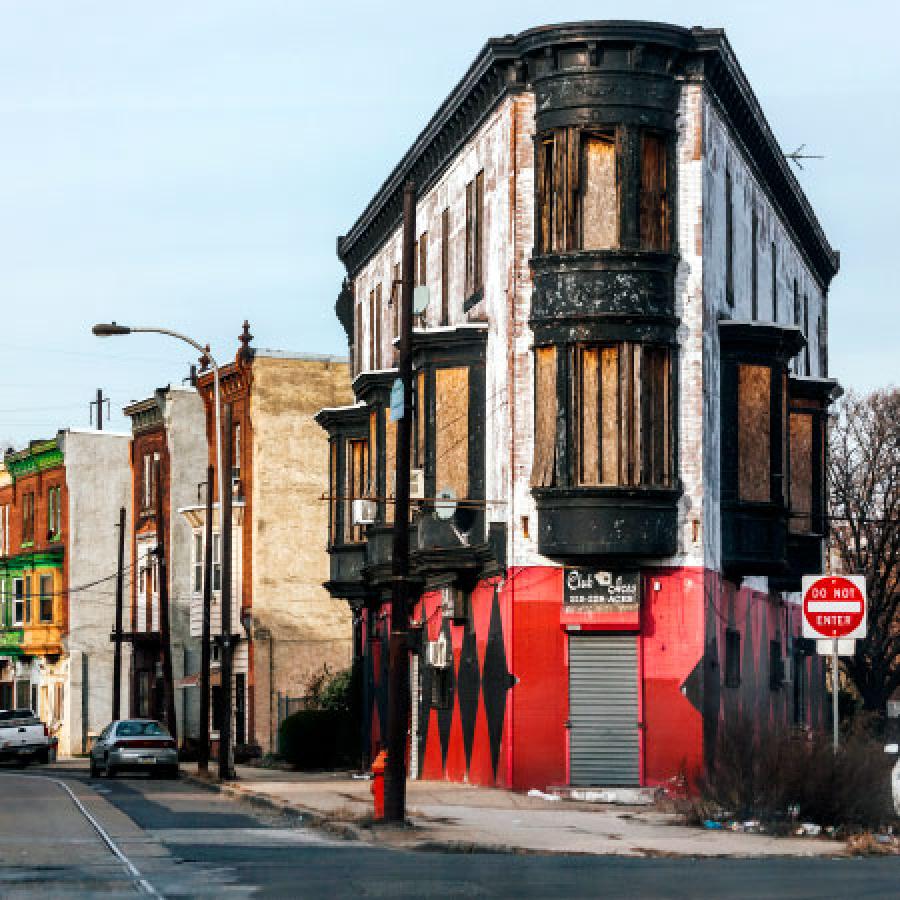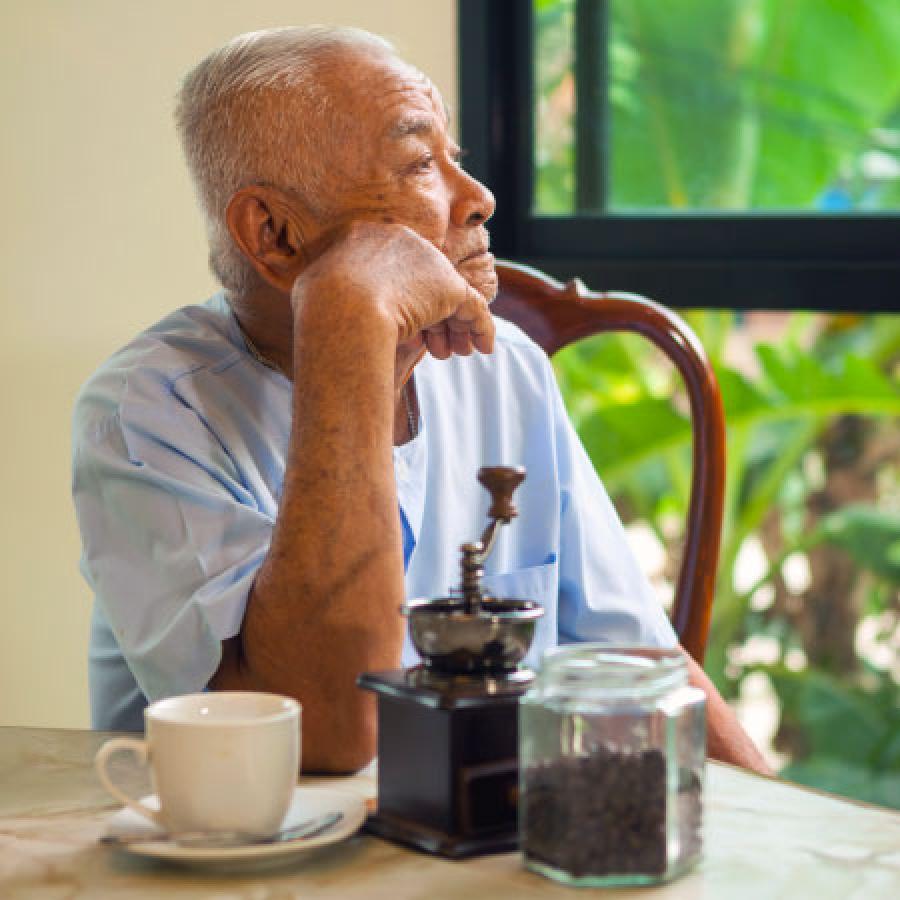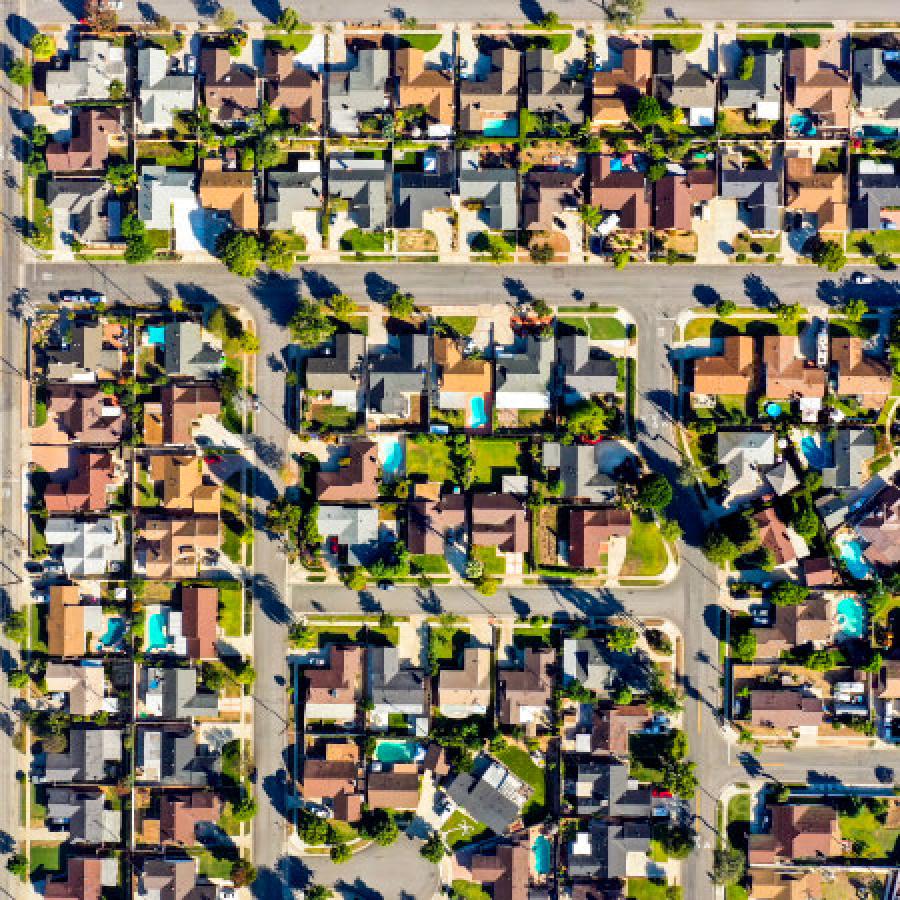Urban heating: All neighborhoods should be are prepared for a changing climate, ensuring that all residents can live and work in safe and healthy environments.
Insights & Analyses
- Nationwide, 263.6 million individuals reside in urban areas that are warmer due to their built environment, with over 104 million of those individuals living in areas experiencing at least eight degrees of additional warming due to the urban environment and nearly 18 million experiencing more than nine degrees of additional warming.
- New York and the District of Columbia have by far the largest proportions of their urban populations (34 percent and 32 percent, respectively) residing in neighborhoods experiencing more than nine degrees of additional warming due to the urban environment. By comparison, Illinois is the next-most affected state with 13 percent of its urban population residing in the most affected neighborhoods, and 12 states have fewer than 1 percent of their urban populations living in such neighborhoods.
- Nearly 11 percent (1.95m) of Asian Americans living in urban areas nationwide reside in neighborhoods experiencing more than nine degrees of additional warming due to the urban environment – the highest proportion of any racial/ethnic group – compared to just 5 percent of white individuals.
- More than 3.3 million children and 2.6 million seniors live in urban neighborhoods experiencing more than 9 degrees of additional warming due to the built environment. This includes more than 1.3 million Latino children and nearly 1.4 million white seniors – the most affected racial/ethnic groups in each age cohort.
- Nearly half of all immigrants living in urban neighborhoods are experiencing at least eight degrees of additional warming due to the built environment, compared with just 39 percent of US-born urban dwellers. This includes 51 percent of mixed/other immigrants and 49 percent of Black immigrants living in urban areas.
- The percentage of renter households located in neighborhoods experiencing more than nine degrees of additional warming due to the built environment is more than double that of owned households (4.6 percent vs. 11.2 percent). More than 10 percent each of Black, Latino, mixed/other, and Asian renter households fall into this category.
Drivers of Inequity
[insert drivers if inequity]
Strategies
Grow an equitable economy: Policies to promote healthy environments for all
- [insert strategies]
Strategy in Action
Alabamans use peer education and ground-sourcing to mobilize for cleaner air. The Greater-Birmingham Alliance to Stop Pollution (GASP) organizes and empowers local residents to fight for climate sustainability and environmental justice. Many low-income communities in the Birmingham metro area have long contended with poor air quality, often due to proximity to pollution-heavy industry and transportation. As a result, many families in these communities grapple with chronic respiratory issues. GASP employs an array of strategies to improve local air quality and mobilize residents around environmental justice efforts, from joining litigation against local polluters to informing ordinary residents about the science of air pollution and the health consequences of poor air quality. Through the organization’s website, residents can report local sources of air pollution, which supports GASP organizers in identifying regional problem areas and building a comprehensive vision for a healthier future. Learn more.
Photo: Courtesy of Joshua Weichman and the Greater-Birmingham Alliance to Stop Pollution (GASP)

Resources
- [insert resources]


